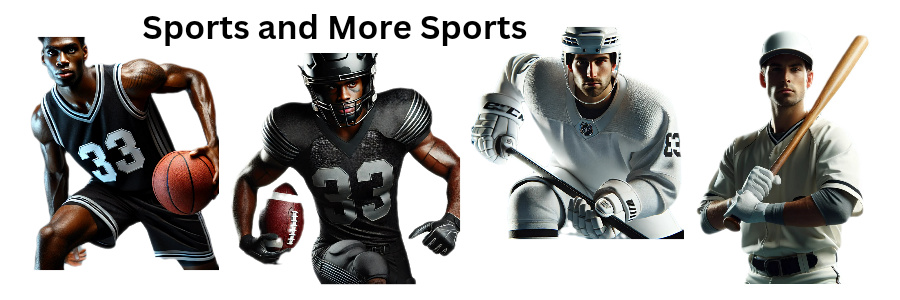
It’s that time of the year. As Dec. 15 approaches, the league gets ready for trade talk to ramp up. The players who got signed last offseason become eligible to be moved, so everyone with buyer’s remorse will officially be able to move on. Teams that have overachieved, meanwhile, could be looking to add someone to make a push up the standings.
The date is not as important as the trade deadline but marks the unofficial start of trade season. So let’s look at what it means for the league and the Spurs.
Trades might take a while to happen, but rumors will ramp up
Dec. 15 is rarely when trades are completed, so don’t expect the news of transactions to flood in. Last season there were four trades between Dec. 15 and the start of February. In 2022/23, there were two. The year before that, there were four. Most decisions are made on the days before the trade deadline and the deadline itself. But the pool of players that are eligible to be traded will increase exponentially soon, which will probably get front offices talking. Rumors will abound.
The new apron rules make it harder to match salaries, which means having 85 more contracts available to try to create a transaction that works is arguably more important now. There have also been franchises with championship aspirations that have disappointed so far. We might not see trades soon but expect a lot more trade talk from now until the trade deadline.
Some Spurs will become trade-eligible but won’t likely be moved
Three Spurs will become trade-eligible on Dec. 15. Chris Paul, Sandro Mamukelashvili and Charles Bassey will have their restriction lifted and the front office will have the ability to move them. Don’t expect that to happen, though.
Paul is the team’s starting point guard, is clearly happy in San Antonio and the team has been competitive, currently sitting one game back from the team with the sixth-best record in the conference. If things had gone horribly wrong for some reason, it would have been realistic to expect Paul and the front office to potentially send him somewhere else to not waste a year of his career, but that hasn’t happened. No one should be untouchable and there might be some interest in Paul, especially closer to the trade deadline, but it’s hard to come up with a scenario in which he’s traded.
Bassey and Mamukelashvili would be easy to move because they are on minimum deals but because they are so cheap, the Spurs have no motivation to move them right now. They have also contributed this season. Mamu gets playing time depending on overall team health and matchups but Bassey might claim the backup center role. They could be included on a bigger transaction near the trade deadline, but unless San Antonio gets an upgrade or a good asset, they might as well keep the two big men who seem to fit well in the locker room and seem happy with their roles.
Don’t assume the Spurs will stay put, though. They are one of the few teams that have made moves after Dec. 15 and not near the trade deadline in recent years, moving Bryn Forbes for Juancho Hernangomez in a three-team trade and getting a second-rounder from the Celtics to absorb Noah Vonleh’s contract. San Antonio will make calls and listen to offers.
There are some interesting targets for the Spurs, who have the assets to make something happen
As mentioned, a lot of players will become trade-eligible on Dec. 15, including some that could potentially help the Spurs. If you want the entire list, you can find it here. Some big names stand out along with quality rotation players that could be solid upgrades at positions of need. We’ll get into more specifics in a different article, but before speculating, first, a big question is looming: Does San Antonio even have the assets to make a significant move without including a core player or a blue-chip draft pick?
The answer is yes. The Spurs are below the tax line and the first apron, so they don’t have any extra restrictions to trades or huge concerns about payroll. They also have players on short-term mid-sized contracts in Harrison Barnes and Zach Collins and an expiring small contract in Tre Jones, as well as useful guys on deals that are for the minimum or close to it. Teams trying to move someone on a big contract to get some depth could call San Antonio. So could those trying to shed salary immediately, because of a new rule.
Starting this season, the room exception and the mid-level exception, if unused, turn into a trade exception. That means the Spurs, which used part of the room exception to acquire Jalen McDaniels from the Kings for a second-rounder, can now absorb a contract worth up to $3.2 million. It’s not a huge number, but a team looking to cut down on their luxury tax payment or trying to get under the apron could come knocking.
The Spurs are in a good position to be patient and more players being trade-eligible won’t likely affect them as much as it will win-now teams looking for an upgrade or underperforming franchises looking to cut salary.
That said, don’t be surprised if they are included in trade rumors now because they have the contracts, assets, and cap flexibility to be a major facilitator and potential player in trade season.
This post was originally published on this site be sure to check out more of their content.








